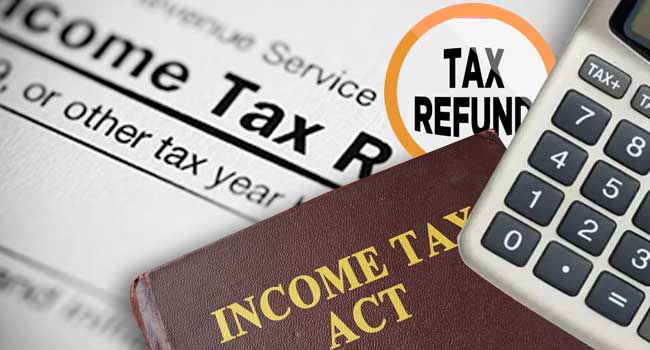
Here's Why You Should Estimate Your Income Tax Liability for The A.Y. 2018-19
Who wants to pay the taxman? Although the tax money will lead to better social and public-sector facilities, no one wants to pay an additional penny towards the tax. Going by the logic that the government taxes our income to direct funds for infrastructure development of the country, we should ideally pay tax. Therefore, we discuss in detail the income tax liability of every salaried individual.
1. Know how much you will owe to the taxman.
Calculation of the income tax is directly proportional to an individual’s annual salary, the type of income, total income amount, age. As the first step towards paying the income tax, one needs to declare the total annual income to the taxman. Then, based on the current financial year income tax slabs, the value (percentage) of tax deducted from the total income is worked out.
If an individual is earning up to Rs 2,50,000, then the amount of income tax to be paid is nil. An individual earning between Rs 2,50,001-5,00,000 is liable to a 5% income tax annual pay-out. Rs.5,00,001-Rs.10,00,000, the amount to be paid is Rs 12,500 +20% income tax percentage value, and above Rs.10,00,000 it is Rs.1,12,500 + 30%.
Government grants exemption for individuals under the given tax slabs. Under section 80C of the Income Tax Act 1961, an individual is entitled to an exemption of Rs 1,50,000 by showing proof of investments and savings done in a particular assessment/financial year.
2. Plan your Tax Savings.
To save that Rs 1,50,000 for the annual income tax benefit, an individual has many choices to make. It is not necessary to put all your eggs in one basket. Instead; it is advisable to save and make smart investments through a diversified portfolio. Money should be invested carefully so that you not only get good returns on your investmentbut also make most of your savings prudently and wisely.
For example, an individual is entitled to benefits under Section 80D of the Income Tax Act 1961 through a health insurance policy investment. The amount you pay as the health insurance premium, say you have an annual premium payout of Rs 20,000, then, you can adjust this sum (of Rs 20,000)in the Rs 1,50,000 tax exemption limit.
Similarly, you adjust the life insurance annual premium pay-out in the total annual tax exemption limit under Section 80C of the Income Tax Act 1961.
3. Distribute Tax Savings to Ensure You Achieve the Targets.
Even if you do not have enough savings to show as per Section 80C, then, you can resort to other income tax deduction slabs including section 80D, section 80CCD and more, for the annual tax refund. It is further suggested to diversify your savings portfolio to maximise your return on investments.
A health insurance policy is a must-have now. An individual can further seek income tax refund benefits by buying a health insurance policy for his parents. As per the rule under Section 80D, the premium paid for the Mediclaim policy of senior citizens can also be deducted as the annual exemption amount. It is subject to a limit of Rs 50,000. If you have a critical illness cover for your parents, then you are entitled to a maximum limit of Rs 60,000 and Rs 80,000 for very senior citizens (80 years and above).
4. Distribute the deductions throughout the year.
While life insurance and health insurance are just a few examples of how to maximise your annual tax savings, one should ideally distribute their exemption limit amount, through a variety of investments. Use an online tax calculator to know how much you will be able to save through a life insurance policy, for example, since your policy requirement is personal and subject to a limit. Add to it the benefit of health insurance for the family.
Other avenues of investment include fixed bank deposits, PPF, home loan payment, and ELSS. Fixed deposits for one, make for a smart investment choice since you are entitled to an interest accrued on the total sum invested. Likewise, PPF is another option to earn interest on idle funds. One should carefully map the interest rate provided and the personal profits (in context of return on investment) you wish to make.
5. Ensure that your Tax Liability is Minimum at the End (talk about the taxable maturity value of investments which may lead to higher tax liability in another year).
At the end when you check that your tax liability for this year is less. If it is higher this year, it will lead to a higher tax liability the following year. Keeping a tab on the liability with the help of financial expert can do the job.
Support Our Journalism
We cannot do without you.. your contribution supports unbiased journalism
IBNS is not driven by any ism- not wokeism, not racism, not skewed secularism, not hyper right-wing or left liberal ideals, nor by any hardline religious beliefs or hyper nationalism. We want to serve you good old objective news, as they are. We do not judge or preach. We let people decide for themselves. We only try to present factual and well-sourced news.







